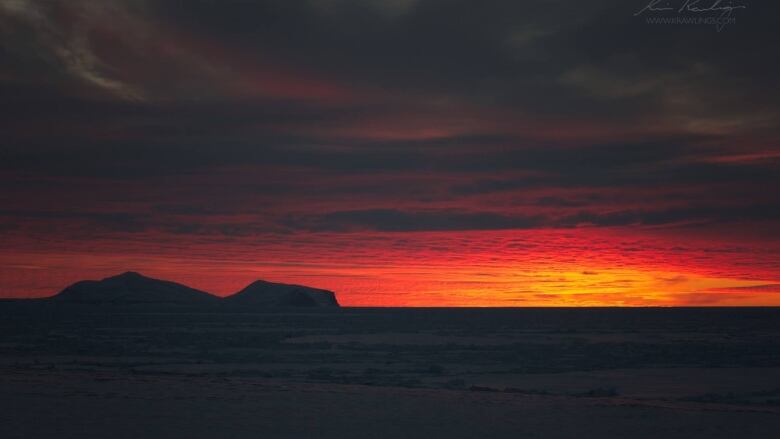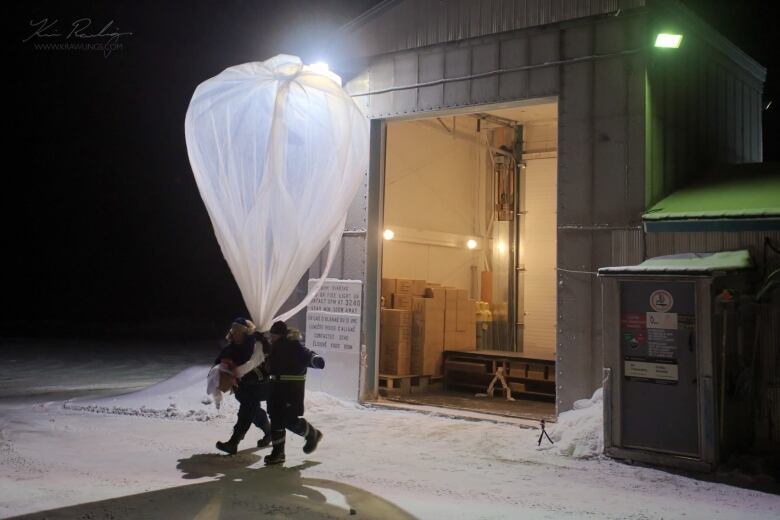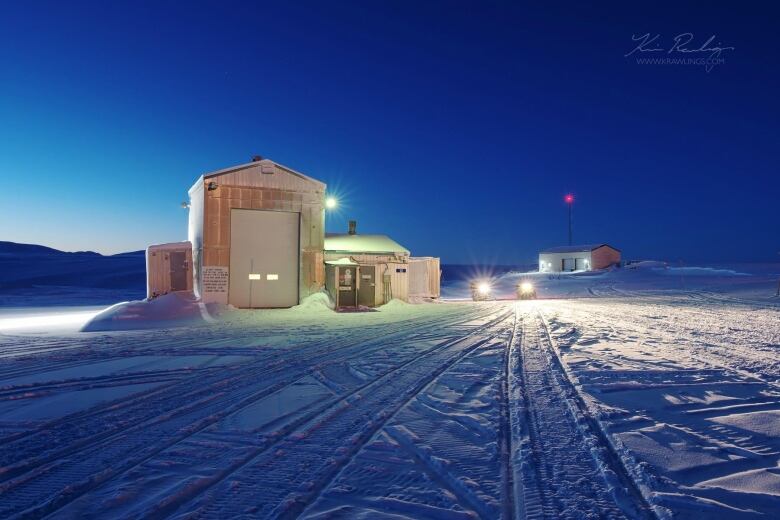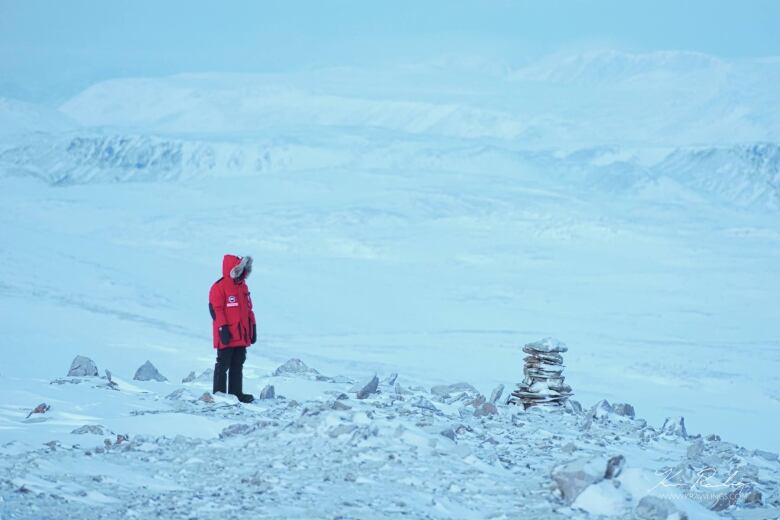Scientists pleased by 'good news' about Alert Arctic climate measurements
Announcement comes after CBC News reported measurement cuts due to staffing shortage

Scientists say they're pleased that the federal government has committed to recruiting staff to send up to the Alert Weather Station and restore climate measurements to normal levels by January.
The move comes after CBC News reported the measurement cutbacks in Alert, Nunavut, this fall and coming winter. That had researchers concerned about the gaps that would open up in valuable atmospheric, snow and ice data used by scientists around the world for weather and climate forecasting and research.
David Grimes, assistant deputy minister of Environment and Climate Change Canada, confirmed to CBC News Monday afternoon that the department is "in a process of recruitment" and that it plans to be back to having two people working inAlert by January.
He added that he's also asking some of his staff on leave if they'd be willing to come back early and return to Alert in November, which would restore the station to full operation by the end of November.

Grimes called CBC News from Rome, where he is attending a climate change meeting in his other position as the president of the World Meteorological Organization.
Thomas Duck, an atmospheric science professor at Dalhousie University, had earlier expressed concerns about the damage the measurement cutbacks would do to the "precious" data collected at Alert. He was pleased to hear the station will be staffed back up and the regular measurements restored.
"It's good news that they're going to remedy this shortfall," he said, "but there are so many other shortfalls at Environment Canada that they need to get going on this problem."
The Meteorological Service of Canada, the Environment Canada division responsible for measurements at Alert, said the reductions began at the start of October. The service could find only one technician to send up to Alert instead of the usual two.
That meant atmospheric measurements would have to be reduced by more than 50 per cent, and snow and ice thickness measurementswhich require two people to domight not happen at all. The reduced measurements had been expected to continue until March.
Scientists were concerned that would open up damaging data gaps, and could cause us to miss unusual events this winter that could tell us something new about the climate.
Satellite substitute?
Grimes downplayed those concerns. With respect to the snow and ice data, he said satellite data is available. The snow and ice data normally collected at Alert every two weeks is mostly used to validate what satellites are observing, which doesn't need to happen that often, Grimes said.
The idea that the satellites are going to come in and save the day is not accurate at this point in time.- Robert Way, Memorial University
"So the suggestion that we're going to lose vital records is, I think, pretty strong given that we use a variety of information that supports this."
As for the atmospheric data, the Meteorological Service of Canada earlier acknowledged that it didn't yet know how reduced measurements at Alert would affect weather forecasting around the world.
However, Grimes said the atmosphere changes much more slowly over Alert in the winter than it does over southern Canada. "You have more of a stable regime," he said. That meant reducing those measurements posed less of a risk than others he had to prioritize.
In particular, he said, it was more urgent to have enough staff to measure river and stream flows to make sure municipalities had good flood forecasts amid the heavy rain in B.C. and eastern Canada last spring.

When asked whether budgetary concerns played a role in the staffing shortage, Grimes said that there had been no budget cuts and the situation "had more to do with the staffing strategy than it had to do with fiscal challenges."
Duck, who uses atmospheric measurements from Alert in his research, disagreed with Grimes's assessment. Reducing measurements at Alert "does degrade the quality of our data. There can be no doubt about it," he said.
"As the president of the World Meteorological Organization, he should be well aware of this and voicing his concern along with the rest of the scientific community about what's going on here."
Some damage done
Robert Way, a postdoctoral researcher at Memorial University who studies climate variability, considers Alert to be "the most important station" in the High Arctic, one that's often used to check the quality of climate models and climate data.
He said restoring staffing and measurements at Alert is a "positive move." But he noted that some of the damage from reduced measurements has already been done.
"There's no doubt" the researchers will have to make corrections for the period of time when measurements were reduced or not taken, which is time consuming and could introduce errors, he said.

Way also disagrees that satellite technology has developed to the point that it can be used to measure snow thickness in places that aren't completely flat.
"The idea that the satellites are going to come in and save the day is not accurate at this point in time."
Way has previously tracked the decline in the collection of environmental data by Environment Canada weather stations across Canada. His research found that it will be harder to observe some effects of climate change.
Right now, the number of stations giving useable, high-quality data is dramatically down from itspeak in the 1980s, and many have trouble with staffing and maintenance, he said.
"That doesn't mean that this can't be dealt with going forward, but it has to be considered a priority," he said. "I would question whether the prioritization is there."












_(720p).jpg)


 OFFICIAL HD MUSIC VIDEO.jpg)
.jpg)



























































































